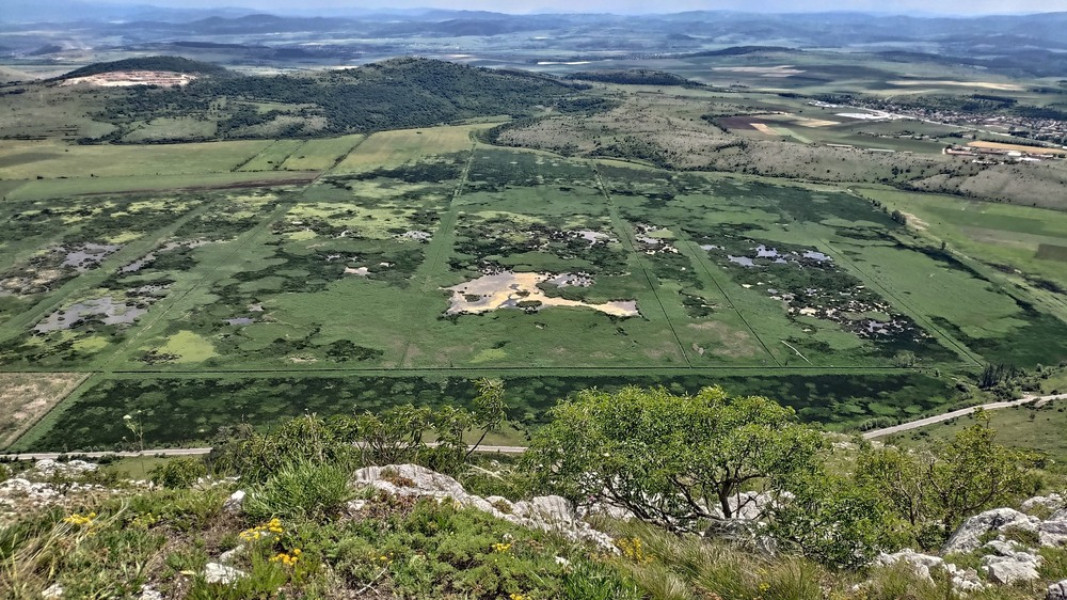


A newly published book delves into previously unknown archaeological sites in the Bay of Sozopol In his latest book ''Between Sozopol and Talasakra: Unknown Archaeology of the Sozopol Bay and its Western Hinterland '' , Prof. Dr. Ivan Hristov takes..
The new eco trail above the village of Nevsha in Vetrino Municipality (Varna Region) is now a reality. The 10-kilometer route, leading to the impressive rock formations known as Golyamo and Malko Bulo, was officially opened in the first days of May by..
Bulgaria’s Minister of Tourism Miroslav Borshosh and Zurab Pololikashvili, Secretary-General of the World Tourism Organization (UN Tourism), have officially signed the agreement for Bulgaria to host the 9th Global Conference on Wine Tourism,..
The Rhodope Municipality of Ardino announced that it has begun preparing its candidacy for participation in the fifth edition of the..
The Dolphinarium in Varna is once again welcoming visitors. Starting today, it will offer three shows daily throughout the summer season, reported..

+359 2 9336 661
